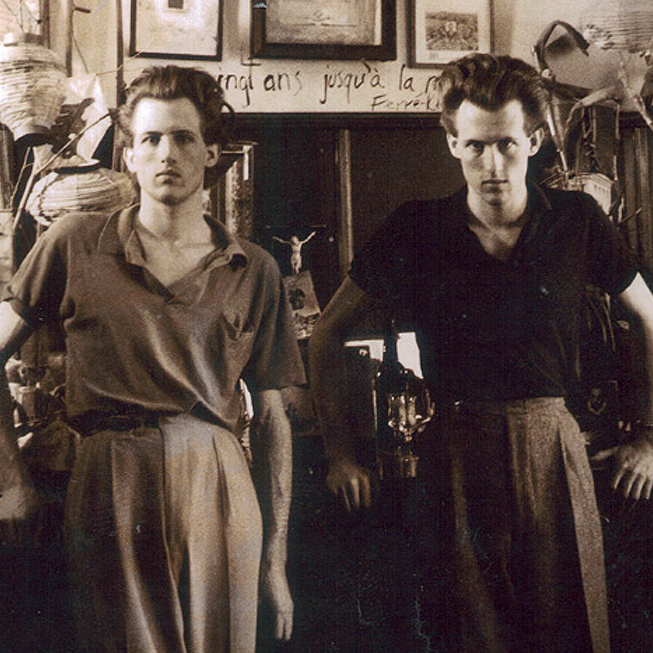
Edwin Carels|Books
May 22, 2018
Training Grounds

Editor’s Note: The just realeased book, The Quay Brothers, The Black Drawings, Philadelphia Pennsylvania, 1974–1977, edited by Tommy Simoens and published by Ludion Publishers, explores the filmmakers training as graphic artists and the artwork that they created. The following excerpt and images are reproduced with permission of the publisher.
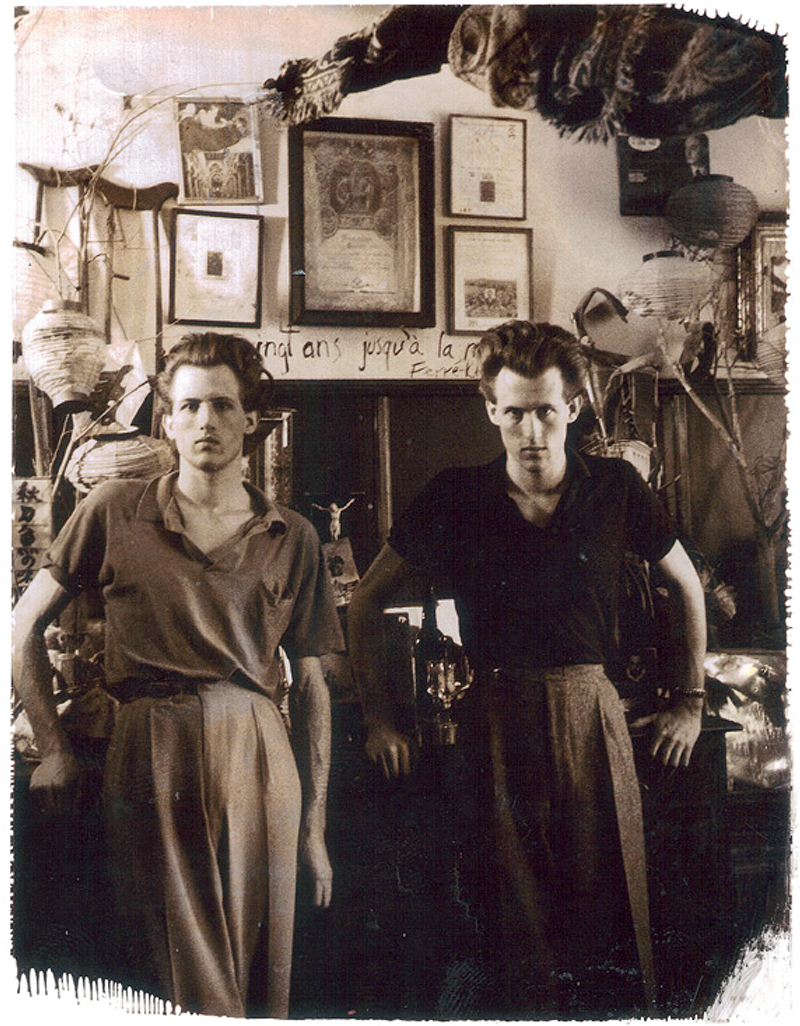
Quays inside 718 South 6th Street, Philadelphia, 1974–77, Polaroid, 12.7 × 10.2 cm (5 × 4 in)
The first observer to incite the twins to do something with their graphic skills was a high-school teacher, Anthony Paladino. He introduced them to Rudolph Freund (1915–69), a wildlife artist who, with a particular talent for details and tactile suggestion, illustrated books and magazines for Time Life and a wide variety of nature guides. After some hesitation between a vocation as gymnastics teachers or as graphic artists, in 1965 the Quay Brothers entered the Philadelphia College of Art (PCA), graduating in 1969. During these years they were already carrying out experiments with a borrowed film camera. First attempts such as In the Mist, Pohadka, Golgotha, and Venable Llewellyn’s Last Walze (all c. 1967–69) demonstrate that they were already exploring quite specific filmic ideas and techniques. In the Mist is basically a random series of sketches filmed in live action, whereas Pohadka and Golgotha consist entirely of cutout animation. One particularly striking scene of In the Mist shows some repeated shots of solitary trees, mysteriously collapsing all of a sudden in the middle of a field. In Venable Llewellyn’s Last Walze this situation is reversed, and here it is a lonely soldier who falls to the ground, surrounded by trees.

LEFT: Ceux Qui Désirent Sans Fin, c. 1974–77. RIGHT: The Goal Keeper’s Anxiety At The Penalty Kick, c. 1974–77

LEFT: The Lover Practicing Hate, c. 1974–77, RIGHT: Kiev vs Wales, detail, c. 1987
On their return to the United States, money had to be earned to pay o student debts. Trying to work their way into the industry by doing illustration, the brothers went scouting for work in New York along 5th Avenue, knocking on the doors of publishing houses such as Doubleday and Columbia Records as well as Playboy magazine. They managed to bring in a variety of assignments, demonstrating great versatility by alternating between book covers, magazine illustrations, and record sleeves. To their early portfolio they could add a cover for a Mozart record, a cover for a book on Stockhausen, and a series of drawings for music reviews in the New York Times, as well as a cover for the novel A Scanner Darkly (1977) by Philip K. Dick. One of the most stimulating opportunities was the first American publication of Anthony Burgess’s novel The Clockwork Testament; or, Enderby’s End (1974), which involved not just the front and back covers but another eleven entirely autonomous drawings inside.

Book illustrations for The Clockwork Testament; or, Enderby’s End by Anthony Burgess, published by Alfred Knopf, New York, 1975
Yet, overall, work proved very haphazard and o en unsatisfactory as they had no artistic control. Recurring situations such as lettering or colors being added to their graphic designs without prior notification made them realize that 5th Avenue was a dead-end street. Demoralized, they capitulated and largely turned their backs on the New York creative industry. Exiling themselves to Philadelphia, the brothers decided to make a living from daytime jobs that ranged from very basic typography work to washing dishes and lifeguarding at a swimming pool. Their nights they devoted to their true vocation: a graphic form of cinema. No longer having access to the printmaking facilities they had enjoyed as art students, it was during this self-inflicted “Philadelphian Gulag” period that the Quay Brothers started to cultivate an a ordable format that would fit their now-muted desires. For the time being, they would have to settle for a graphic, instead of a truly cinematographic, practice.
For the full story and the full wealth of images: The Quay Brothers, The Black Drawings.
Observed
View all
Observed
By Edwin Carels
Related Posts
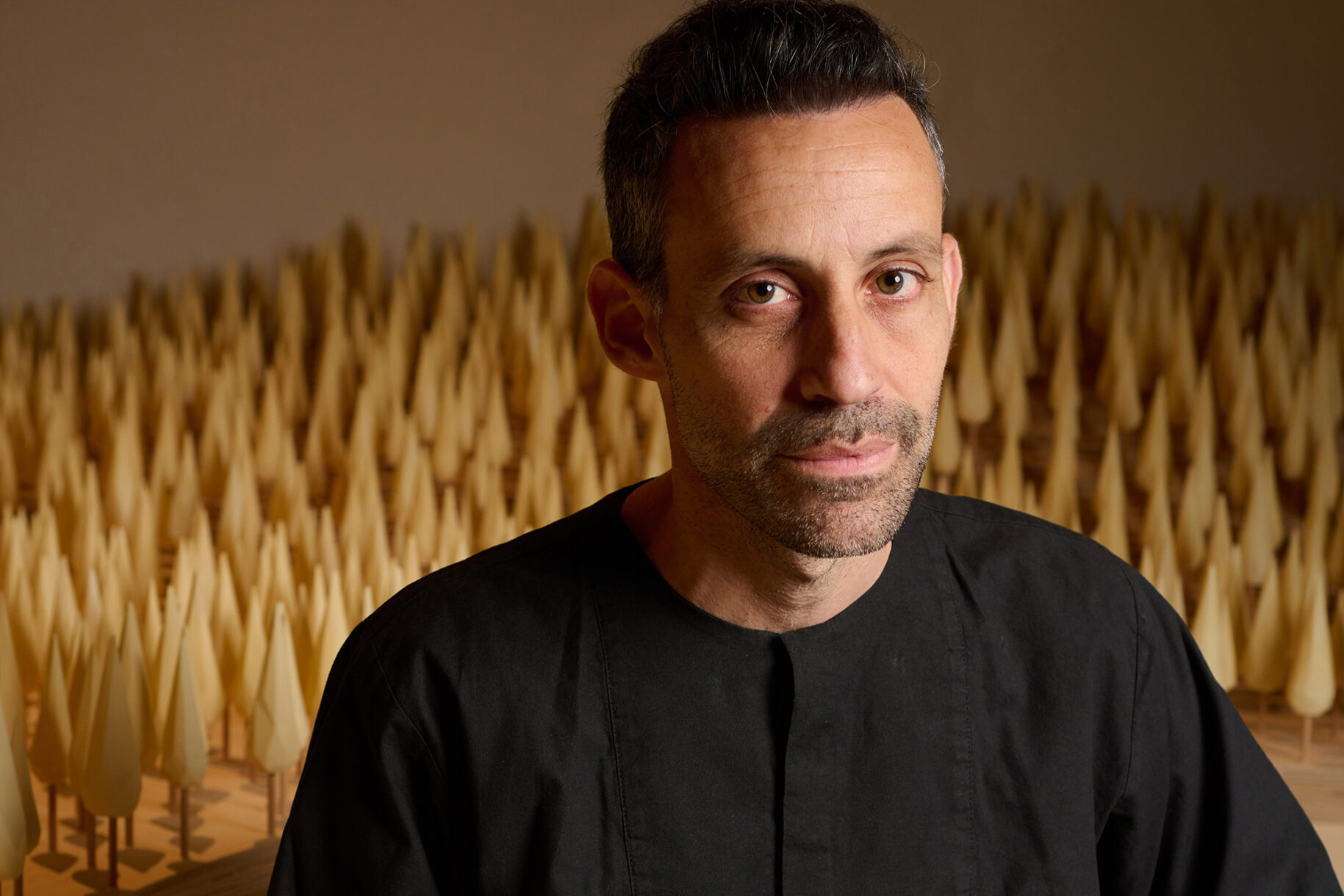
Sustainability
Delaney Rebernik|Books
Head in the boughs: ‘Designed Forests’ author Dan Handel on the interspecies influences that shape our thickety relationship with nature
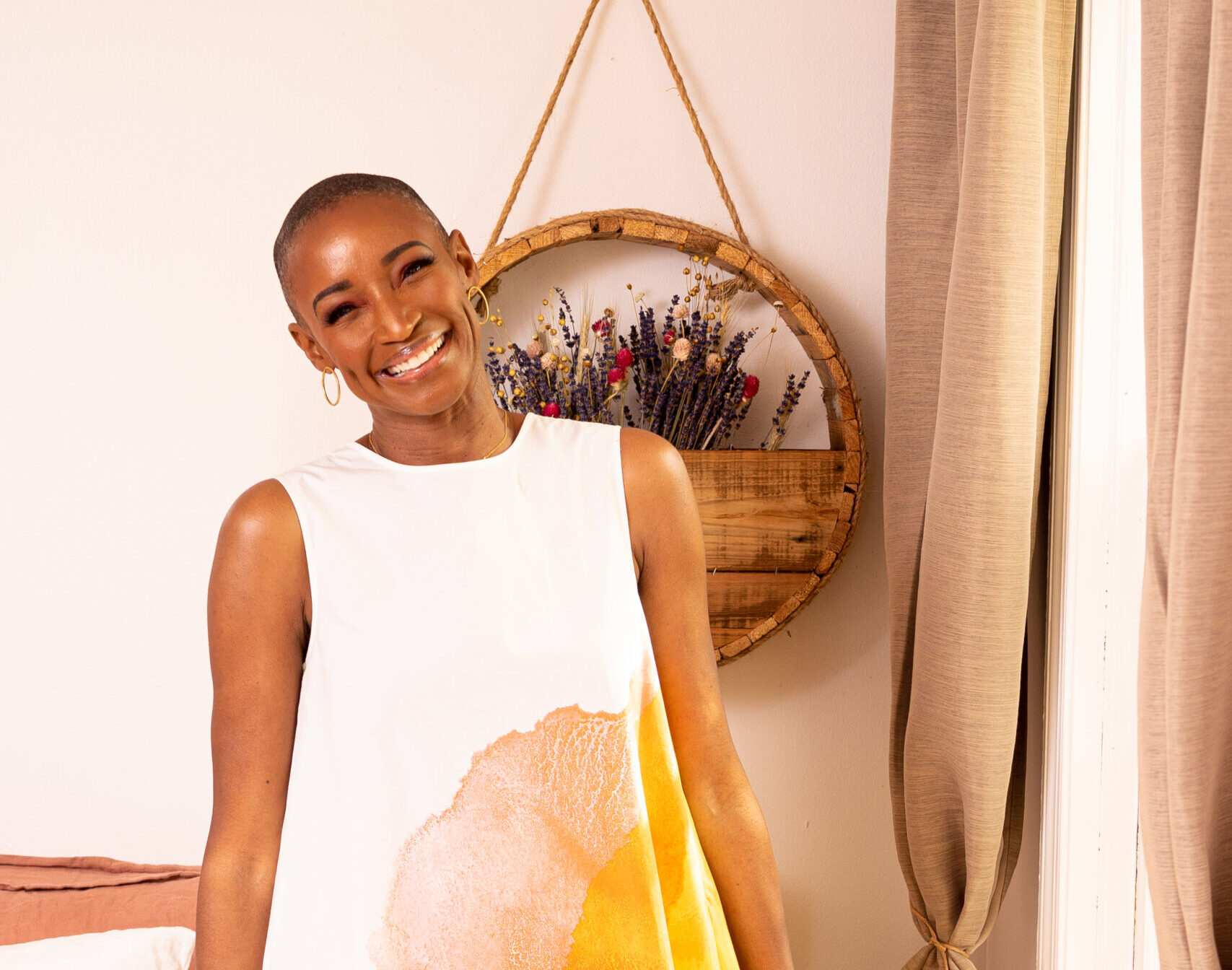
Design Juice
L’Oreal Thompson Payton|Books
Less is liberation: Christine Platt talks Afrominimalism and designing a spacious life
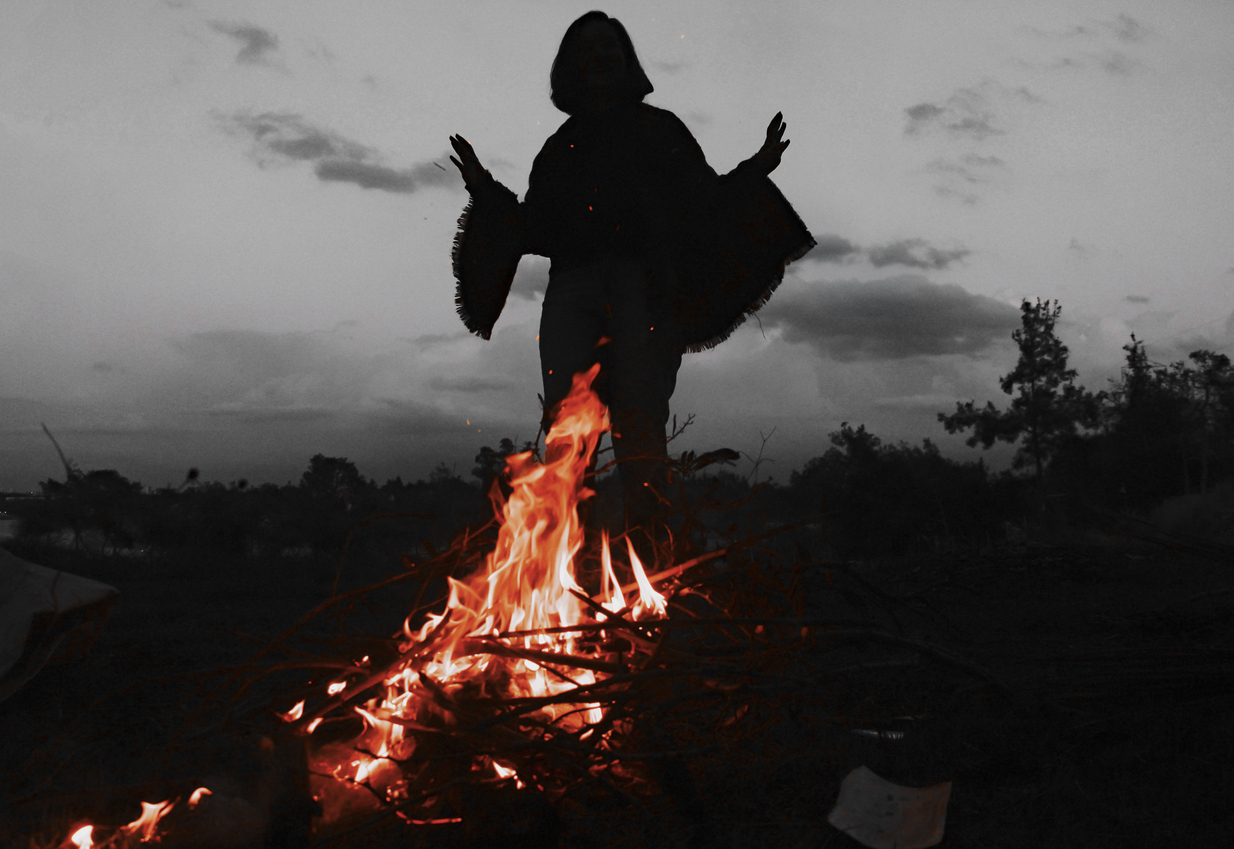
The Observatory
Ellen McGirt|Books
Parable of the Redesigner
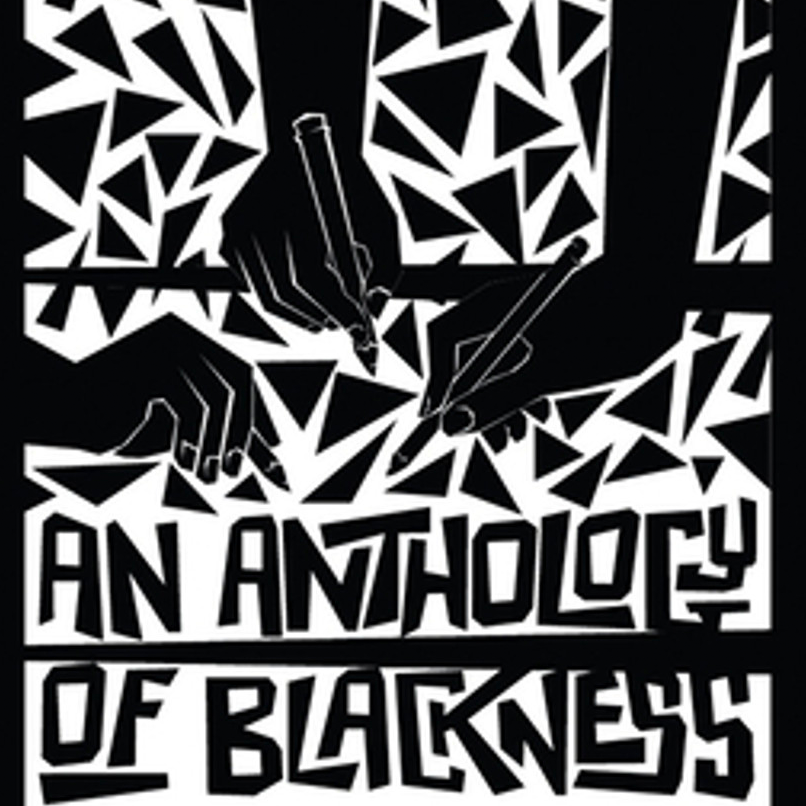
Books
Jennifer White-Johnson|Books
Amplifying Accessibility and Abolishing Ableism: Designing to Embolden Black Disability Visual Culture
Recent Posts
Beauty queenpin: ‘Deli Boys’ makeup head Nesrin Ismail on cosmetics as masks and mirrors Compassionate Design, Career Advice and Leaving 18F with Designer Ethan Marcotte Mine the $3.1T gap: Workplace gender equity is a growth imperative in an era of uncertainty A new alphabet for a shared lived experienceRelated Posts

Sustainability
Delaney Rebernik|Books
Head in the boughs: ‘Designed Forests’ author Dan Handel on the interspecies influences that shape our thickety relationship with nature

Design Juice
L’Oreal Thompson Payton|Books
Less is liberation: Christine Platt talks Afrominimalism and designing a spacious life

The Observatory
Ellen McGirt|Books
Parable of the Redesigner

Books
Jennifer White-Johnson|Books
